Airlines
JetBlue announces to give Spirit’s LaGuardia assets to Frontier
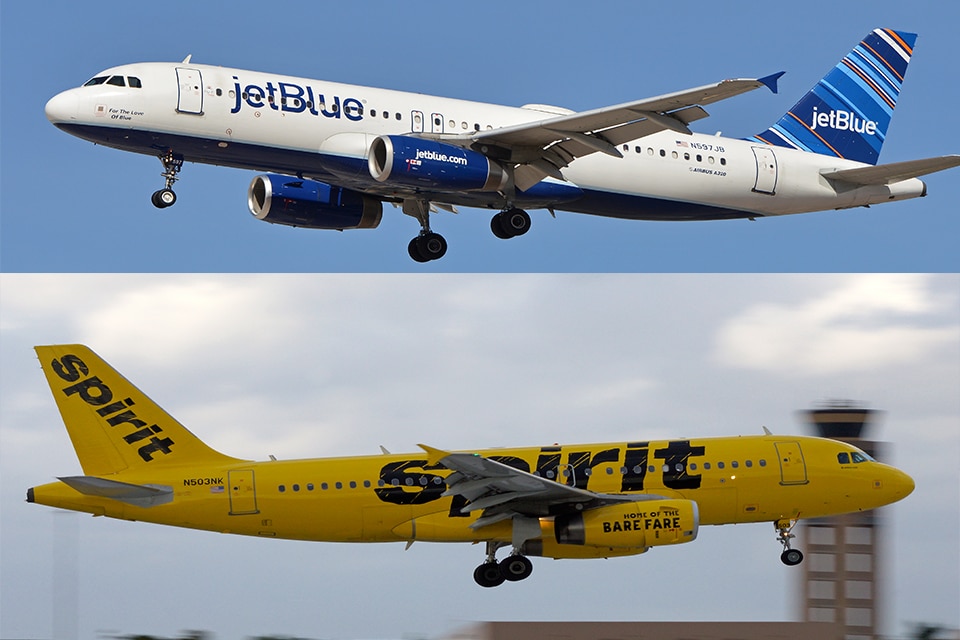
In connection with the planned merger between JetBlue and Spirit Airlines, Frontier Group Holdings, Inc. and JetBlue Airways Corporation today announced that the two companies had signed a legally binding agreement under which JetBlue will sell all of its holdings in Spirit Airlines, Inc. at New York’s LaGuardia Airport to Frontier. These divestitures are a need for the JetBlue-Spirit merger to close and are a part of JetBlue’s upfront commitments stated in the merger agreement with Spirit.
American Airlines& JetBlue have added 10 new destinations(Opens in a new browser tab)
“We are committed to ensuring that our combination with Spirit preserves ultra-low-cost carrier access in New York,” stated Robin Hayes, CEO of JetBlue. “We are happy that the level of ultra-low-cost carrier service at LaGuardia Airport will be maintained by this agreement with Frontier.”
“We’re pleased to have reached this agreement to acquire Spirit’s slot pairs and leasehold interests at New York’s LaGuardia Airport, pending regulatory approval of the JetBlue-Spirit merger,” said Barry Biffle, President and CEO of Frontier Airlines. It will allow us to dramatically expand our LaGuardia operations and provide customers in the broader New York City area with even more “Low Fares Done Right” services.
American Airlines Will Cut Some New York Flights(Opens in a new browser tab)
All of Spirit’s assets at LaGuardia, primarily comprising of six gates at the Marine Air Terminal and 22 takeoff and landing slots, will be transferred by JetBlue to Frontier under the terms of the agreement. The divestitures depend on and take place after the planned merger of JetBlue and Spirit, which is also subject to other closing conditions, such as getting permission from the FAA/DOT and the Port Authority of New York and New Jersey. In the first part of 2024, JetBlue plans to complete the purchase with Spirit.

Airlines
Air India Rolls Out A350s for Delhi-New York JFK and Newark Routes
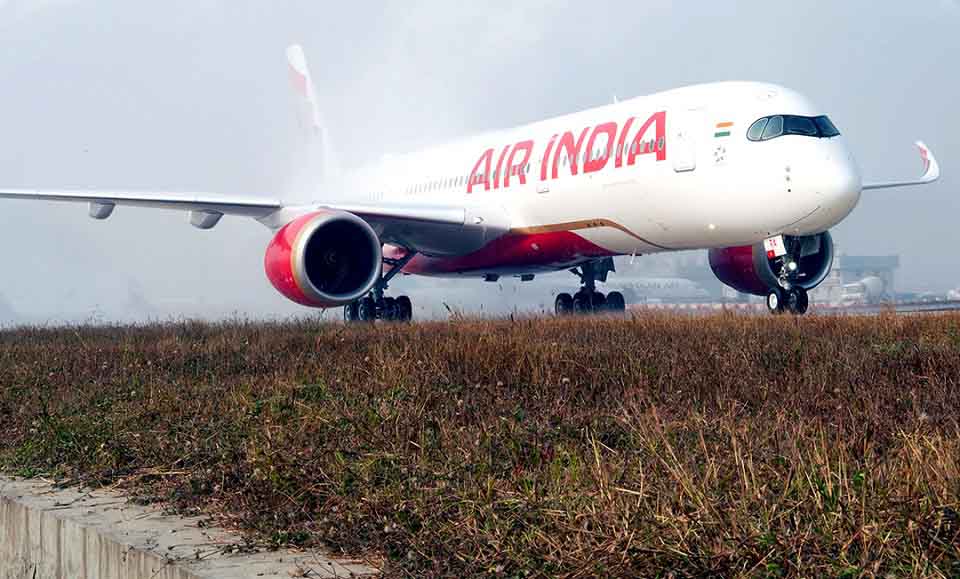
In a major development for North American travelers, Air India has announced the deployment of its state-of-the-art Airbus A350-900 aircraft on two key routes: Delhi to New York and Delhi to Newark.
The service on the Delhi-New York route will commence on November 1, 2024, while the Delhi-Newark route will see its inaugural flight on January 2, 2025.
The introduction of the air india a350 will bring significant enhancements to Air India’s offerings, particularly with the launch of its Premium Economy class. air india retrofit This new class will feature 24 wide seats arranged in a 2-4-2 configuration, providing passengers with extra legroom and a more comfortable flying experience.
Soon, Air India aircraft will feature onboard WiFi & all-new cabins: Click here
“We are encouraged by the positive guest feedback we have received from the domestic deployment of our air india a350 interior to offer our hero product on the Delhi-New York JFK and Delhi-Newark routes. This is a significant leap forward for our U.S. operations that also underscores our commitment to continuous improvement,” said Campbell Wilson, Chief Executive Officer & Managing Director of Air India.
The A350’s Business class will set new standards with 28 private suites, each equipped with full-flat beds, direct aisle access, and personal wardrobes. Economy class will be configured to accommodate 264 passengers in a 3-4-3 layout. Across all cabins, passengers will enjoy the latest Panasonic eX3 in-flight entertainment system, offering over 2,200 hours of content.
Air India’s First A350-900: Interior, Routes, &Inflight Features: Click here
This strategic deployment marks a notable enhancement in Air India’s U.S. operations, with 60% of its flights to the U.S. now featuring new or upgraded cabin interiors. The air india new international routes currently operates 51 weekly flights to five U.S. destinations: New York JFK, Newark, Washington DC, Chicago, and San Francisco.
The revamped cabins, advanced in-flight entertainment systems, and improved service standards represent air india wifi commitment to providing a superior travel experience. “We believe this enhanced offering will solidify Air India’s position as a leading carrier and attract travellers seeking a world-class flying experience between India and the United States,” the airline stated.
Seats on these flights are now available for booking on Air India’s website, mobile app, and through travel agents, ensuring that passengers can easily plan their journeys on these newly upgraded routes.
Air India Economy vs Qatar airways economy: which is best?:Click here
-
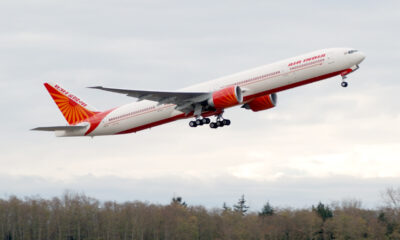
 Travel1 week ago
Travel1 week agoAir India to Expand US Operations with Three New Routes After a Decade
-

 Travel2 weeks ago
Travel2 weeks agoWhy We Should Avoid These Stamps in a Passport
-

 Airlines1 month ago
Airlines1 month agoInvestigations Reveal Fake Chinese Titanium in Boeing and Airbus Jets
-

 Tech4 weeks ago
Tech4 weeks agoChina’s CATL Plans 1,800-Mile Electric Plane Launch by 2027
-
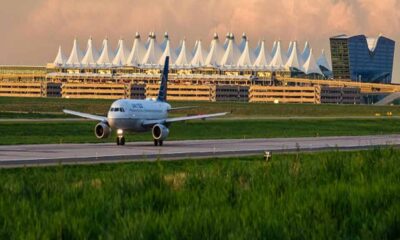
 Airport3 days ago
Airport3 days agoTop 10 Largest Airports in the World by Size
-
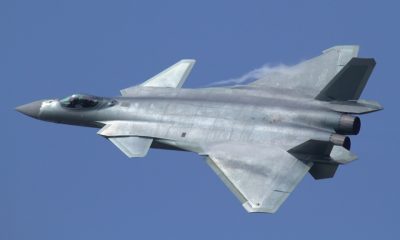
 Aerospace4 weeks ago
Aerospace4 weeks agoChina’s Fighter Jets Turn Wings into Autonomous Drones
-
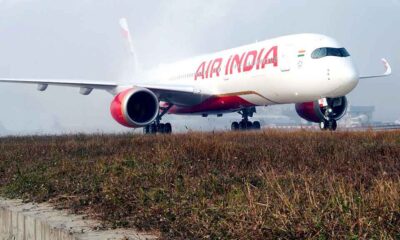
 Airlines4 days ago
Airlines4 days agoAir India Rolls Out A350s for Delhi-New York JFK and Newark Routes
-
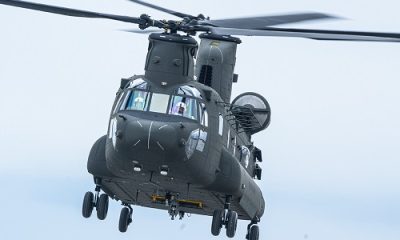
 Defence3 weeks ago
Defence3 weeks agoBoeing Enhances Chinook with New Engines and Block II Upgrades at $96 Million







